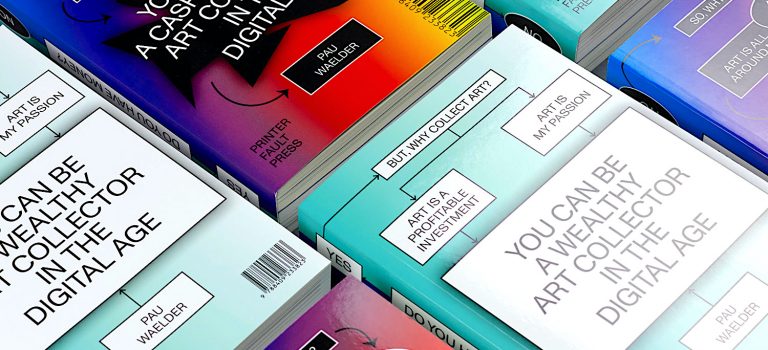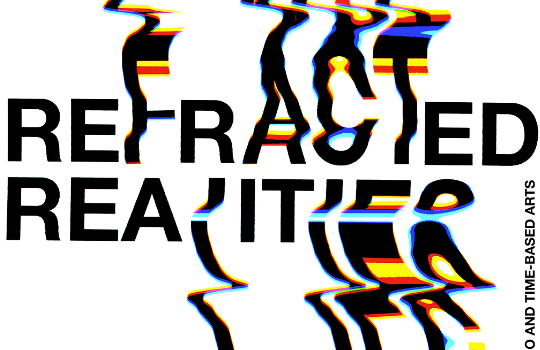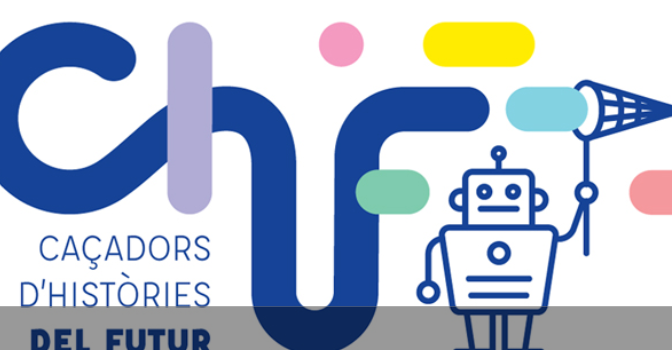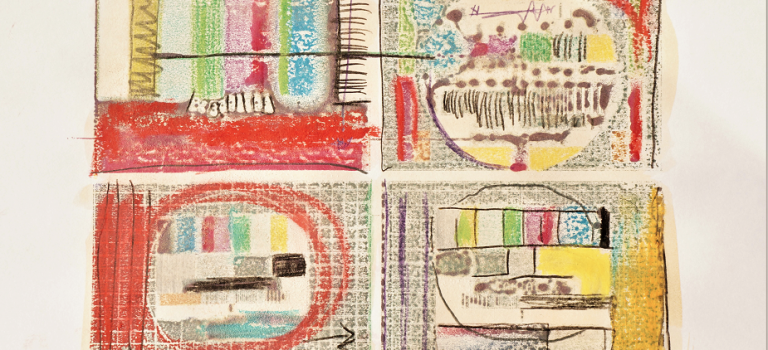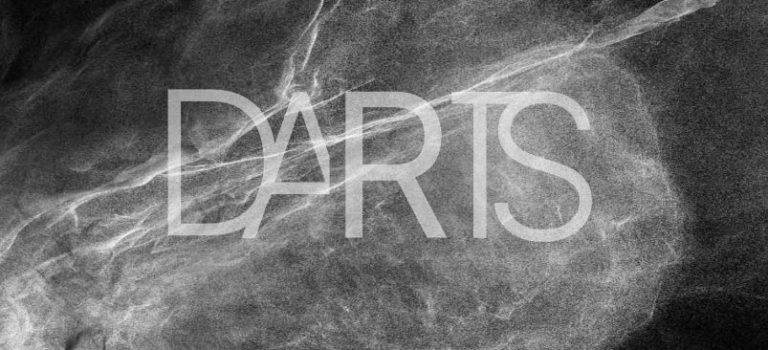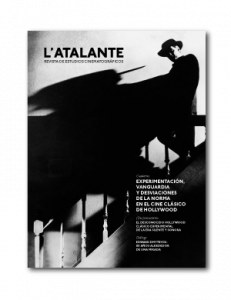Pau Waelder is the author of the book You Can Be A Wealthy/Cash-Strapped Art Collector In The Digital Age (Printer Fault Press, 2020). The book is a practical guide to collecting contemporary art using the tools available online and on any smartphone or tablet, with a special focus on digital art and the particular advantages and challenges it presents to collectors. The guide is intended for anyone who would like to collect art, regardless of their knowledge of the art market—or their budget.
The volume is divided into three parts: two separate (but related) manuals and a troubleshooting guide for collectors of digital art.
- The first manual, titled ‘You can be a wealthy art collector in the digital age’, addresses all the basic aspects of collecting contemporary art, from finding a motivation to buy art and exploring the art market, to considering quantified analyses of artworks and sharing one’s collection on social media. It also provides insights and advice for collectors of software-based, web-based, and interactive artworks, as well as an analysis of the impact of artificial intelligence and blockchain technologies on art collecting
- The second manual, titled ‘You can be a cash-strapped collector in the digital age’, turns to the possible ways of collecting contemporary art on a small budget (from $3 to $300) made available nowadays on online stores, app stores, and digital edition marketplaces. It also discusses the basic aspects of collecting, including motivation, searching for art on a budget, and understanding the type of objects on sale. This manual provides an additional focus on art in digital formats, including art apps, digital editions, and digital art frames.
- The troubleshooting guide offers solutions to common questions and problems faced by collectors of digital art, such as digital editions, software art, interactive installations, and web-based, virtual reality (VR) or augmented reality (AR) artworks.
Each section in the book can be read independently, providing different points of entry to its content. Furthermore, in each section the main text is complemented with graphs and illustrations, as well as insets describing case studies and providing lists with additional references.
Printer Fault Press. Frankfurt, 2020
Language: English
Size: 21,8 x 15 x 3,5 cm
Pages: 416
Binding: Smyth sewn
Illustrations: Color and b/w
Format: Softcover
1st ed: October 2020
Run: 300 copies
ISBN: 978-84-09-23382-3
Design: Tres Tipos Gráficos
Photos and illustrations by: Serafín Álvarez, Daniel Canogar, Paolo Cirio, Rafael Lozano-Hemmer, Martin John Callanan, Manfred Mohr, Harold Cohen, Guido Segni, Christa Sommerer & Laurent Mignonneau, Carlo Zanni, MTAA (M.River & T.Whid Art Associates)
Proofreading: Dieuwertje Hehewerth
Printed by Imprenta Kadmos, Spain
Visits: 0
